Recovery from drought - know-how needed
stitches216
21 years ago
Related Stories
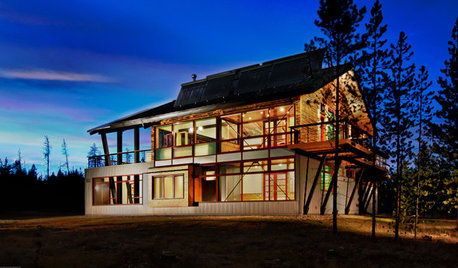
GREEN BUILDINGZero Net Energy: A Hardworking-House Term to Know
Homes that consume only as much energy as they produce by renewable means are a goal for builders. Learn what ZNE means for you
Full Story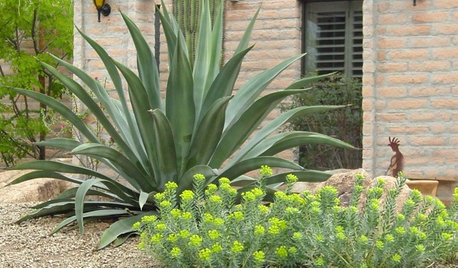
GARDENING GUIDESHow to Spot a Drought-Tolerant Plant
Label? Who needs a label? Learn the characteristics of plants that can thrive in hot, dry conditions to help you pick the right ones
Full Story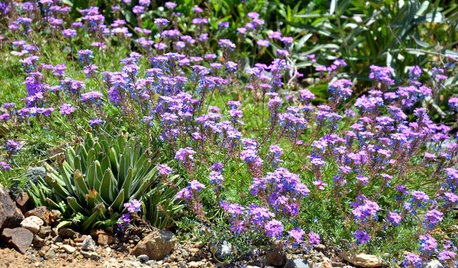
FLOWERS AND PLANTSGlandularia Pulchella Trails Color Through the Drought-Tolerant Garden
Masses of purple blossoms and finely textured foliage cover the ground of arid gardens from spring to fall
Full Story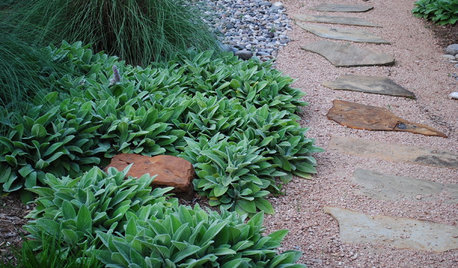
SAVING WATERLush Gardens With Low Water Needs
Drought tolerant doesn’t have mean spindly, brown and thorny
Full Story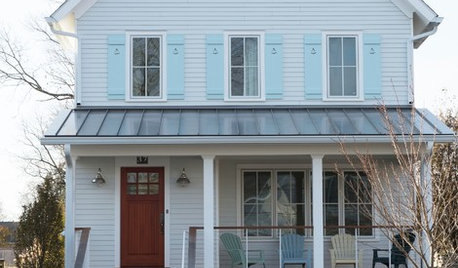
DISASTER PREP & RECOVERYHouzz Tour: Modern Farmhouse Emerges From Hurricane Sandy Devastation
A homeowner loses her cottage but gains a new energy-efficient, low-maintenance home
Full Story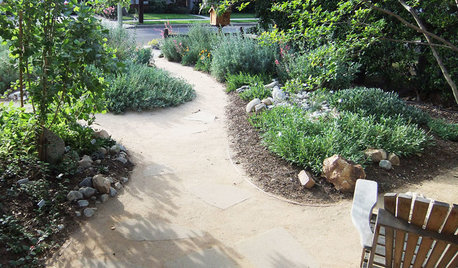
GARDENING GUIDES5 Things to Know About Watering Your Native Garden
Ensure the success of your new plantings with a smart approach to irrigation
Full Story
DISASTER PREP & RECOVERYRemodeling After Water Damage: Tips From a Homeowner Who Did It
Learn the crucial steps and coping mechanisms that can help when flooding strikes your home
Full Story
HOMES AROUND THE WORLDHouzz Tour: Warehouse Home Goes from Disaster to Triumph
A New Zealand family beats the odds 3 times when its loft apartment is threatened with demolition after a series of earthquakes
Full Story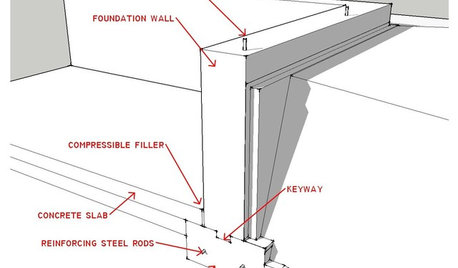
ARCHITECTUREKnow Your House: What Makes Up a Home's Foundation
Learn the components of a common foundation and their purpose to ensure a strong and stable house for years to come
Full Story
MATERIALSInsulation Basics: What to Know About Spray Foam
Learn what exactly spray foam is, the pros and cons of using it and why you shouldn’t mess around with installation
Full Story





lazy_gardens
jenny_in_se_pa
Related Professionals
East Rancho Dominguez Landscape Architects & Landscape Designers · Seabrook Landscape Architects & Landscape Designers · Burlington Landscape Contractors · Matthews Landscape Contractors · Cordele Landscape Contractors · Middle River Landscape Contractors · North Richland Hills Landscape Contractors · South Lake Tahoe Landscape Contractors · Stallings Landscape Contractors · Wareham Landscape Contractors · Shafter Landscape Contractors · Portland Siding & Exteriors · Marlton Siding & Exteriors · Decatur General Contractors · Wheeling General Contractorslazy_gardens
jenny_in_se_pa
Sherrie_Florida
Meghane
Fireraven9
laura_sue
Fireraven9
byron